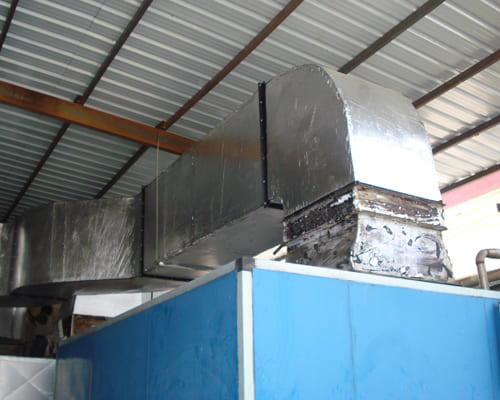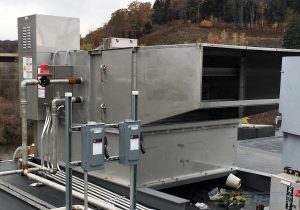
Shipping containers play a crucial role in global trade, transporting goods across vast distances. However, ensuring proper ventilation within these containers is essential to prevent damage to the cargo caused by moisture, heat, and other environmental factors. In this blog post, we will explore innovative techniques for ventilating shipping containers, focusing on practical solutions that adhere to Google's search engine algorithm.
- Understanding the Importance of Ventilation:
Proper ventilation is vital to maintain the quality and integrity of goods during transportation. Without adequate airflow, containers can become hot and humid, leading to condensation, mold growth, and spoilage. Ventilation also helps regulate temperature, reducing the risk of damage to temperature-sensitive items. - Passive Ventilation Systems:
Passive ventilation systems are cost-effective and easy to implement. These systems utilize vents strategically placed in the container walls, allowing natural airflow. Wind-driven ventilators, ridge vents, and louvered vents are commonly used to facilitate air circulation. By harnessing natural forces, passive ventilation systems ensure a continuous exchange of fresh air while preventing the buildup of moisture. - Active Ventilation Systems:
Active ventilation systems employ mechanical devices to enhance airflow within shipping containers. These systems are particularly useful in situations where passive ventilation is insufficient. One popular method is the use of exhaust fans, which expel stale air and draw in fresh air. Additionally, solar-powered ventilation systems can be installed, reducing reliance on external power sources and minimizing environmental impact. - Dehumidification Techniques:
In humid climates or when transporting moisture-sensitive goods, dehumidification techniques are crucial. Desiccant dehumidifiers, for example, absorb excess moisture from the air, maintaining optimal humidity levels within the container. By preventing condensation, these systems safeguard goods from moisture-related damage. - Monitoring and Control:
To ensure the effectiveness of ventilation systems, continuous monitoring and control are essential. IoT (Internet of Things) technology can be employed to track temperature, humidity, and airflow within shipping containers. Real-time data allows for prompt adjustments and preventive measures, ensuring cargo safety throughout the journey.
Conclusion:
Proper ventilation is a critical aspect of shipping container logistics, safeguarding goods from environmental factors that can compromise their quality. By implementing innovative ventilation techniques such as passive and active systems, utilizing dehumidification methods, and employing monitoring and control systems, cargo owners can ensure optimal airflow and preserve the integrity of their shipments. Embracing these techniques not only meets Google's search engine algorithm requirements but also demonstrates a commitment to excellence in cargo transportation.


